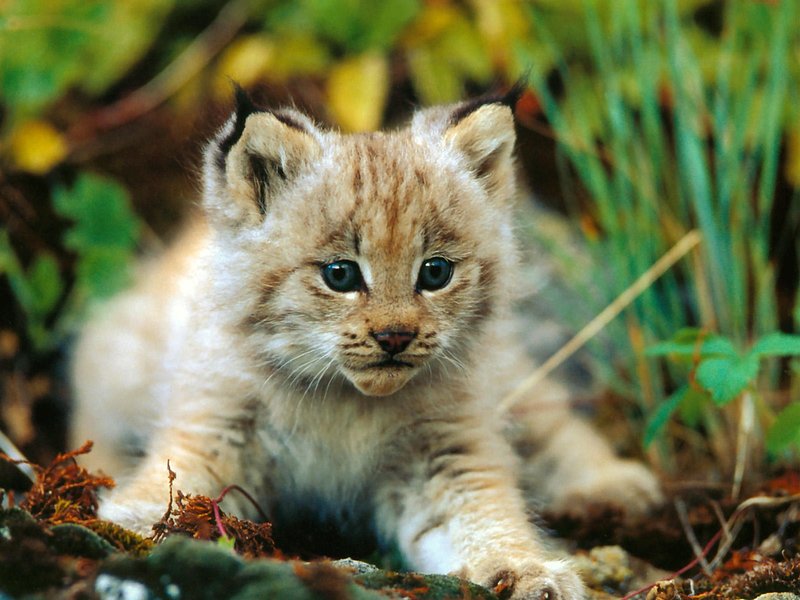
In this article, we’ll explore how the presence of wolf worms can alter the behavior of their hosts. Think of it like peeling back the layers of an onion: there are many complexities beneath the surface of animal behavior and the impact of these parasites. We’ll break down the different ways animals might react, what you should look out for, and how to understand this unusual interaction between hosts and their unwelcome guests.
What Are Wolf Worms and How Do They Infest Hosts?
Wolf worms are the larvae of the bot fly, which primarily targets mammals. These flies lay their eggs on the skin or in the fur of potential hosts. When the larvae hatch, they burrow into the skin, leading to a parasitic relationship. Think of it as a creepy houseguest that won’t leave; they attach themselves and can cause discomfort or even harm.
The first signs of infestation can be subtle. You might notice your pet scratching or licking a particular area more than usual. This behavior is often the first clue that something isn’t right. The larvae create small, raised lumps under the skin, which can become inflamed or infected if left untreated. Recognizing these early signs is crucial, as it can help you get your furry friend the care they need before things get worse.
Behavioral Changes Due to Discomfort
One of the most immediate changes you’re likely to see in an animal affected by a wolf worm infestation is a clear sign of discomfort. Animals often become restless or agitated because the larvae are physically irritating. You might find your pet pacing around the house or trying to hide.
– **Increased Grooming:** Many animals respond to irritation by grooming themselves more intensely. If your cat starts obsessively licking itself, it might not just be a grooming spree; it could signal a wolf worm issue.
– **Avoidance Behavior:** Some animals may isolate themselves, seeking out quiet corners of your home, away from noise and activity. This behavior can be alarming, as it often signals distress.
It’s important to monitor these changes closely. If you notice your pet acting differently, it’s worth consulting a vet who can evaluate any potential infestations and recommend appropriate treatment.
Changes in Appetite and Energy Levels
Another notable behavior change during a wolf worm infestation is a shift in appetite and energy levels. Just like us, animals can lose their appetite when they’re feeling unwell. Infested animals may become lethargic or refuse to eat altogether, which can be concerning.
– **Decreased Activity:** You might find your dog no longer excited to play fetch or your cat lounging around instead of engaging in their usual antics.
– **Changes in Eating Habits:** Some pets might eat less, while others could overeat as a response to stress, leading to an upset stomach.
Both of these reactions can have long-term effects on an animal’s health. If you notice these symptoms persisting, it’s best to consult a veterinarian to determine if wolf worms are the cause— or if there’s an underlying issue that needs addressing.
Social Interactions and Communication
An infested animal may also alter how it interacts socially with other pets or humans. These changes can be subtle but significant. When discomfort creeps in, animals might withdraw from social interactions or display signs of aggression.
– **Withdrawal from Interaction:** Infested animals may become less sociable, avoiding playtime or contact with their owners. You might notice them backing off when you reach out for a cuddle or when friends come over.
– **Increased Aggression:** Some animals, in pain or discomfort, may act out more aggressively. If your usually friendly dog suddenly growls or snaps, it’s a red flag that something is troubling them.
Understanding these changes is vital in helping your pet feel safe and supported during a tough time. Empathy and a calm demeanor can go a long way. Providing a comfortable space and gentle encouragement may help them feel more at ease as they heal.
The Importance of Veterinary Care
If you suspect your pet might have a wolf worm infestation, the first step is always to consult with a veterinarian. They can perform an examination and run tests to confirm the presence of the larvae. Getting a proper diagnosis is key to effective treatment.
The treatment often involves removing the larvae and monitoring for any secondary infections. Here’s what you might expect during a veterinary visit:
– **Physical Exam:** The vet will check for lumps under the skin or signs of irritation.
– **Treatment Options:** Depending on the severity of the infestation, your vet may recommend a variety of treatments, from topical solutions to surgical removal of the larvae.
Regular check-ups can help catch issues early, preventing distress for your pet and ensuring they maintain their usual happy behavior.
Prevention Strategies for Wolf Worm Infestations
Keeping wolf worms at bay is crucial for maintaining your pet’s health and happiness. Here are some effective prevention strategies that can help:
- Regular Grooming: Regularly brushing your pet’s fur can help prevent wolf flies from laying eggs.
- Outdoor Supervision: Keep a close eye on your pets when they’re outside, especially in areas known for bot flies.
- Consult a Veterinarian: Regular check-ups can help catch any early signs of infestations, allowing for quick treatment.
Incorporating these practices into your routine can offer peace of mind and help keep your furry friends safe from these troublesome invaders.
Wolf worm infestations can lead to a range of behavioral changes in animals, from discomfort and appetite loss to social withdrawal and aggression. Understanding these shifts can help you recognize when something might be wrong with your pet. If you notice these symptoms, remember that consulting with a veterinarian is the best course of action.
By focusing on preventive measures and being attentive to your pet’s behavior, you can help ensure their wellbeing. After all, our furry friends rely on us to notice when they’re not feeling their best. Keeping an eye out for changes in behavior can be just as important as regular vet visits. In the end, a little awareness goes a long way in keeping our pets happy and healthy!

